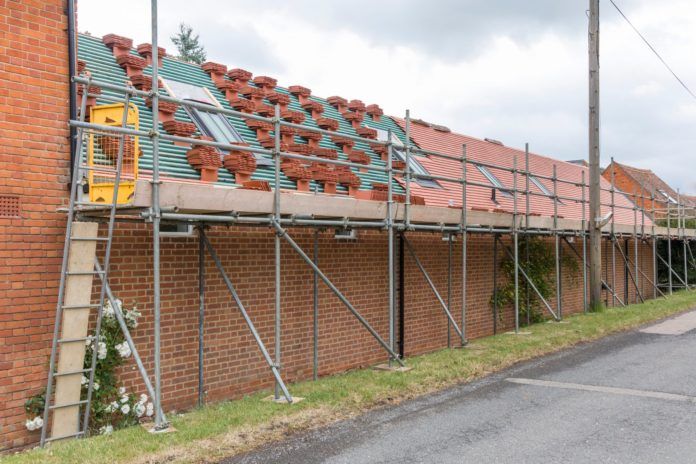Weak availability of some construction products the industry is currently experiencing will continue to worsen before they improve throughout 2021, thanks to high demand from all sectors.
There have been a number of availability and trade issues due to the pandemic grinding everything to a halt last year, however, this has now partly been exacerbated by the blockage of the Suez Canal.
This information comes from a joint statement from John Newcomb, chief executive officer of the Builders Merchants Federation (BMF), and Peter Caplehorn, chief executive officer of the Construction Products Association.
“While supplies of plaster and plasterboard are much improved on last year, almost every other product group is experiencing longer lead times, resulting in higher prices.
“Plastics (PE and PP), cement and aggregates have joined existing lists of products in short supply, including timber, steel, roof tiles, bricks and imported products, such as screws, fixing, plumbing items, sanitaryware, shower enclosures, electrical products and appliances.
“Prior to the temporary blockage of the Suez Canal, we were seeing a slight lowering of both container costs and delivery times of these imported goods. We anticipate that this will continue once the effect of the temporary closure works through.”
The statement continued: “Imports of timber will be an issue for the foreseeable future. Not enough timber is being produced to meet world demand. Additionally, other countries are prepared to pay more to secure their supply, pushing the UK lower down the pecking order.
“Steel is also experiencing strong global demand. While supply and demand are likely to rebalance within the next few months, global dynamics will continue to drive prices up.
“Raw material shortages constraining polymer supplies are causing production problems for plastics (lower ground drainage etc). Coatings manufacturers are also experiencing raw material shortages beyond their control, at a time when demand is particularly high. These issues will continue for at least two to three months.
“All users should plan for increased demand and longer delays, keep open lines of communication with their suppliers and order early for future projects.”




